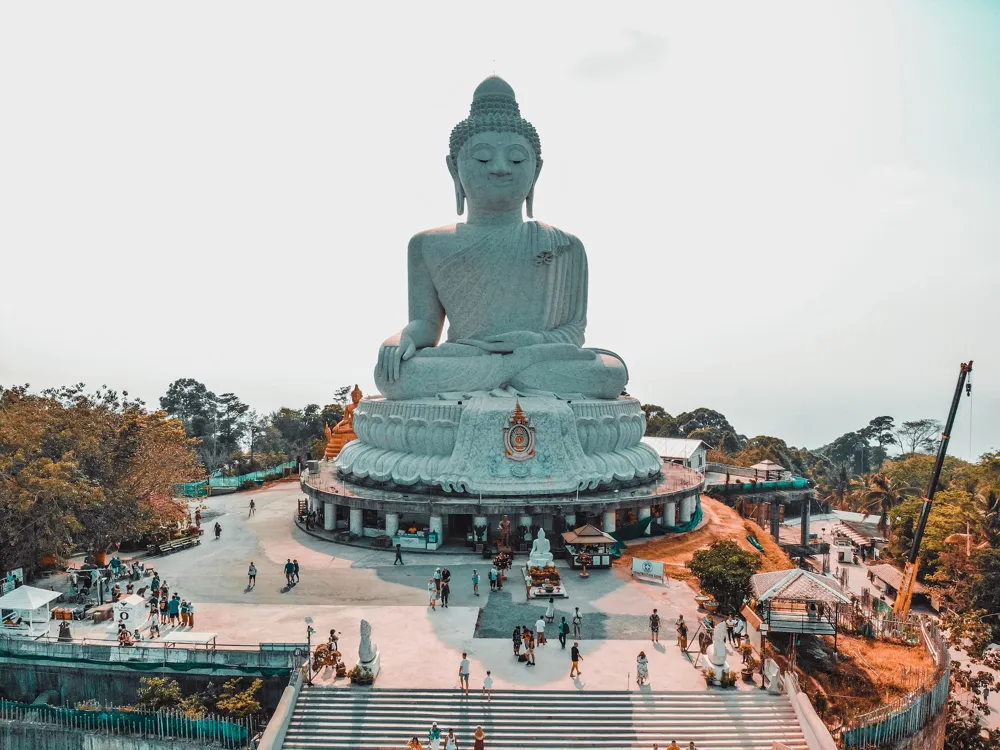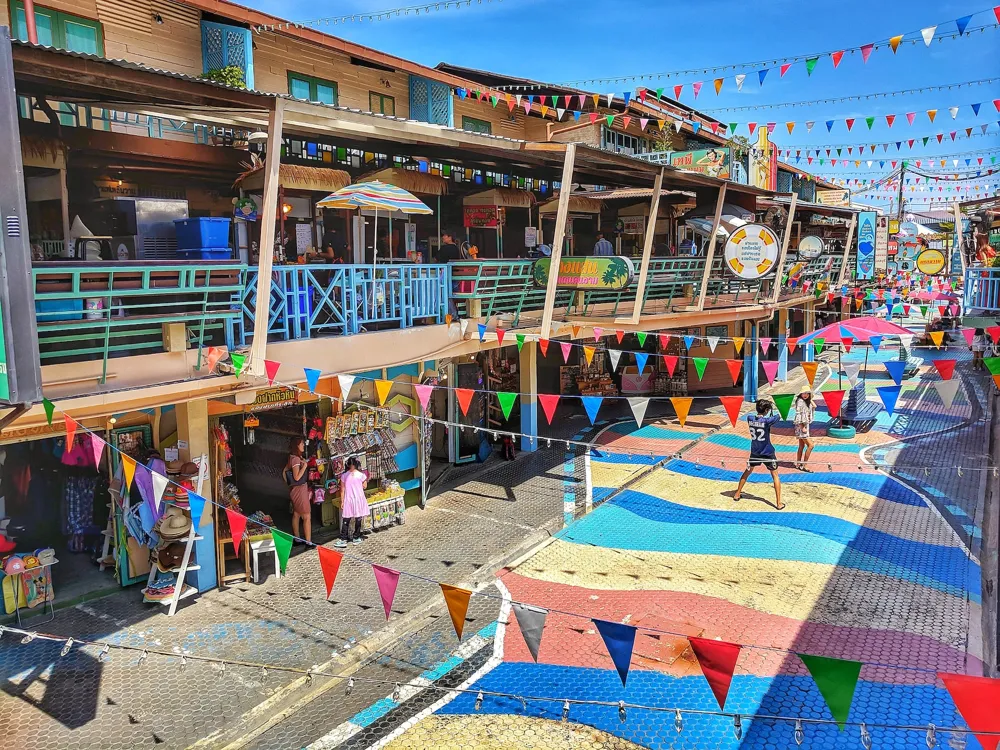Nestled in the heart of Koh Samui, the Hainan Temple stands as a beacon of cultural and historical significance. This magnificent temple, also known as the Hainanese Shrine, is a symbol of the rich Chinese heritage that has blended seamlessly with Thai culture on this idyllic island. The temple's history dates back to the early 19th century, when the first Chinese immigrants, primarily from the Hainan province of China, settled in Koh Samui. These settlers brought with them their religious beliefs, traditions, and architectural styles, which led to the construction of the Hainan Temple. As you step into the temple grounds, you are immediately transported into a world of tranquility and spiritual serenity. The temple serves not only as a place of worship but also as a community center where festivals and cultural events are celebrated, fostering a sense of unity and cultural preservation among the local Hainanese community. Over the years, the Hainan Temple has undergone several renovations, yet it retains its original charm and continues to be a testament to the enduring spirit of the Hainanese people in Koh Samui. The Hainan Temple's architecture is a remarkable fusion of Chinese and Thai design elements, reflecting the harmonious blend of cultures on the island. The temple's layout and structure draw heavily from traditional Chinese temple architecture, characterized by its striking rooflines adorned with intricate carvings and colorful ceramic tiles. The main hall of the temple, a focal point of the complex, features a gabled roof with upturned eaves, a design element typical of Chinese temples. This roof is supported by sturdy pillars, each ornately decorated with gold leaf and traditional Chinese motifs. One of the most captivating features of the Hainan Temple is its extensive use of vibrant colors and detailed artwork. The walls and ceilings are adorned with paintings and murals depicting scenes from Chinese mythology and folklore, each telling a story of the gods, heroes, and mythical creatures revered in Hainanese culture. The temple also showcases an array of statues and sculptures, including figures of deities and mythical animals, each crafted with meticulous attention to detail and symbolizing various aspects of Chinese belief and tradition. Visitors are advised to dress modestly when visiting the Hainan Temple. It is recommended to wear clothing that covers shoulders and knees, as a sign of respect for the religious and cultural significance of the temple. While photography is allowed in most areas of the temple, it is important to be respectful and avoid taking pictures during prayer times or of worshippers without their permission. Also, look out for any 'No Photography' signs in certain restricted areas. Visitors should be mindful of the temple's cultural and spiritual importance. It is advised to speak softly, avoid touching sacred objects, and generally conduct oneself with reverence and respect while exploring the temple grounds. Hainan Temple is easily accessible from various parts of Koh Samui. If you are staying in Chaweng or Lamai, the temple is just a short drive away. Visitors can opt for local taxis, and tuk-tuks, or even rent a motorbike or car to reach the temple. For those preferring public transport, several songthaews (shared taxis) ply the route to the temple, offering an affordable and convenient way to travel. Alternatively, for a more personalized experience, consider booking a guided tour that includes a visit to the Hainan Temple along with other attractions in Koh Samui. Read More:Overview of Hainan Temple in Koh Samui
Architecture of Hainan Temple
Tips When Visiting Hainan Temple
Dress Appropriately
Photography Etiquette
Cultural Sensitivity
How To Reach Hainan Temple
Hainan Temple
Koh Samui
₹ 20,280 onwards
View koh-samui Packages
Weather :
Tags : Temple
Timings : All Day
Entry Fee : No Entry Fee
Planning a Trip? Ask Your Question
Koh-samui Travel Packages
View All Packages For Koh-samui
Top Hotel Collections for Koh-samui

Private Pool

Luxury Hotels

5-Star Hotels

Pet Friendly
Top Hotels Near Koh-samui
Other Top Ranking Places In Koh-samui
View All Places To Visit In koh-samui
View koh-samui Packages
Weather :
Tags : Temple
Timings : All Day
Entry Fee : No Entry Fee
Planning a Trip? Ask Your Question
Koh-samui Travel Packages
View All Packages For Koh-samui
Top Hotel Collections for Koh-samui

Private Pool

Luxury Hotels

5-Star Hotels

Pet Friendly





















